Rethink Waste. Create Value.
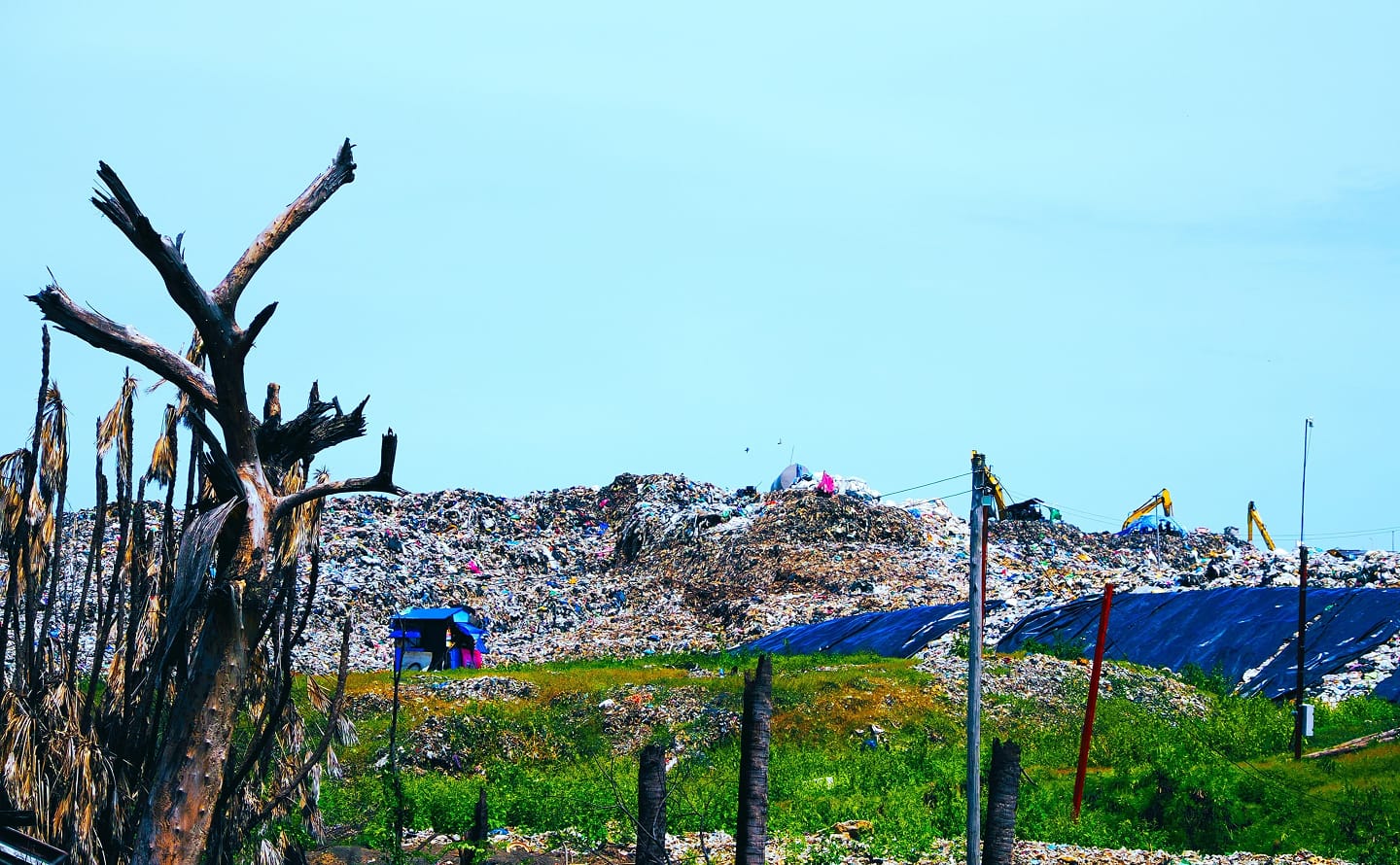
Vol.1 — What Is the Circular Economy? The Key Difference from the Linear Model
From “throw away” to “create value.”
Why question the very idea of “throwing away”?
“It’s normal to discard things once we’re done using them.”
This mindset is deeply embedded in our everyday lives.
Buy a new shirt, and the old one gets pushed to the back of the closet—or into the trash.
A new smartphone hits the market, and we trade in a perfectly usable one.
But is this really a rational economic model?
Today, the world is consuming resources at unprecedented speed, while waste piles higher than ever. Far from being a sign of prosperity, this is a mirror reflecting the limits of our current system.
Hello, I’m CircularE.
In this “Basics of the Circular Economy” series, I’ll share the latest trends and insights—particularly from Europe—while learning alongside you. My own career began in manufacturing, helping to advance the linear model, so this is also my journey of exploring why the world now needs a circular one.
Whether you want to build a circular economy, are considering it, are already implementing it, or simply want to understand it better, I hope this becomes a space for shared learning and discussion.
We’ll explore not only the challenges of the linear model and the origins and principles of the circular economy, but also initiatives and hurdles in ASEAN, Japan, and beyond. And because I live in the Netherlands—one of the world’s frontrunners in CE—I’ll also bring you the latest updates and regulations from here in Europe.
In this first article, let’s define what the circular economy is, how it differs from the linear model, and why it’s becoming a global imperative.
Can we continue “Take → Make → Use → Dispose” on a finite planet?
Since the Industrial Revolution and especially throughout the 20th century, humanity has driven forward with a Linear Economy: Take → Make → Use → Dispose. This model fueled mass production, mass consumption, and mass disposal, delivering affordable convenience—but it also brought serious consequences.
Why the Circular Economy is needed—three key reasons:
1. Finite resources & rising costs With a global population pushing past 8 billion toward 10 billion by 2040, the demand on minerals, freshwater, forests, and other resources will intensify—driving up prices and risking shortages.
2. Environmental crisis Landfills, incineration, plastic pollution, and microplastics are rooted in our throw‑away mindset. These cause CO₂ emissions, overused landfill capacity, and widespread ecosystem damage.
3. Global policy shift The EU Green Deal places the Circular Economy front‑and‑center. With the CSRD (Corporate Sustainability Reporting Directive), even SMEs will face new disclosure requirements. Meanwhile, ASEAN countries are accelerating circular policies.
https://www.weforum.org/stories/2024/03/sustainable-resource-consumption-urgent-un/
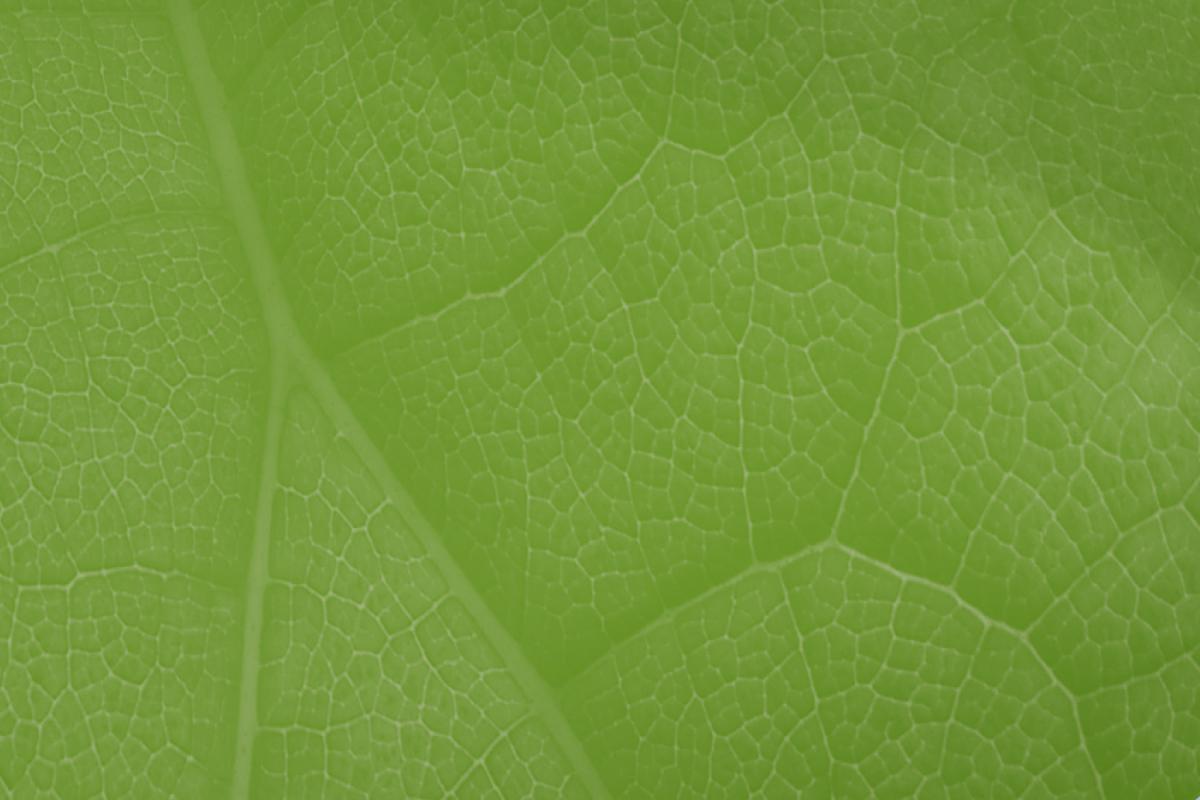
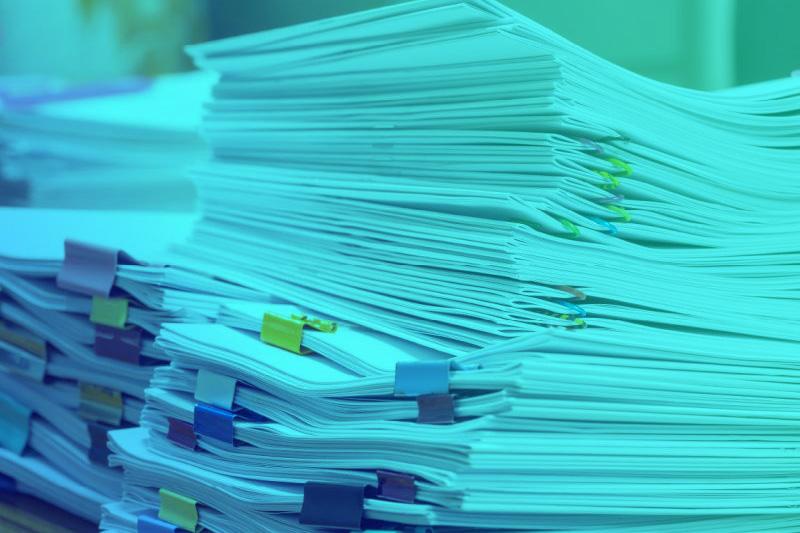
What is the Circular Economy? – Definitions and principles
A Circular Economy redesigns systems so that nothing becomes waste—every resource retains value and circulates. The Ellen MacArthur Foundation defines it as:
“An economy that is restorative and regenerative by design.”
That means we must design, make, and deliver with circularity built in from day one, not as an afterthought.
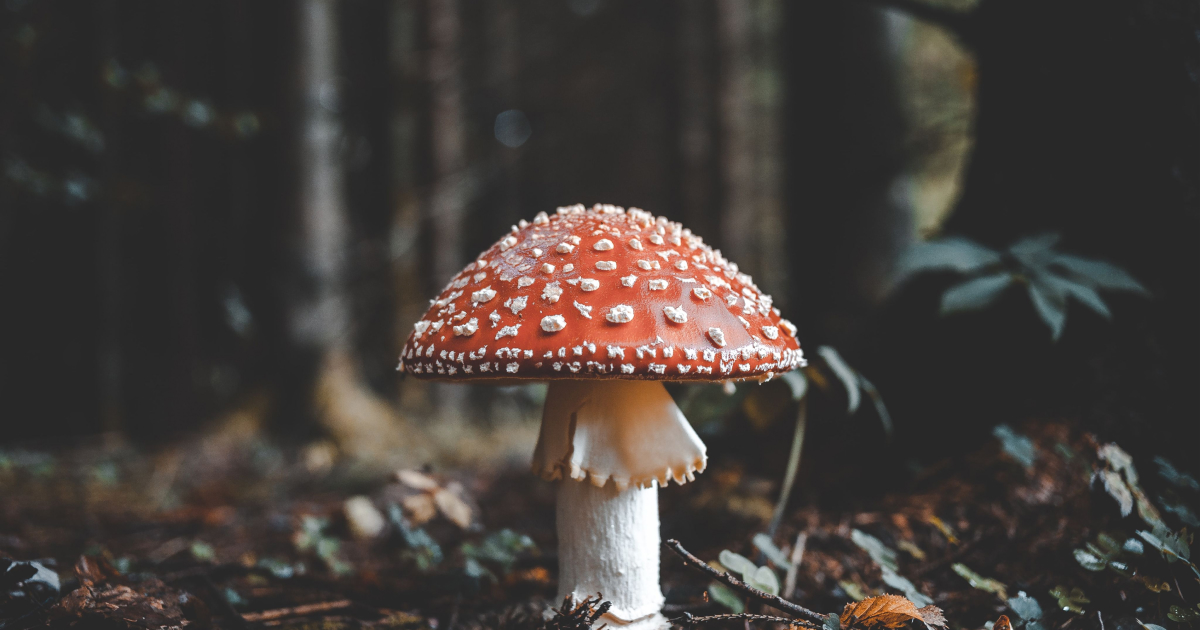
Linear vs. Circular—Side-by-side:
History & Origins
- 1970s: “Limits to Growth” reports spark awareness about Earth’s finite limits.
- 1990s: Eco‑design and industrial ecology become academic disciplines.
- 2000s: Germany’s Closed‑Loop Economy Act, China’s circular economy policies, and Japan’s 3R initiatives take hold.
- 2010s on: The Ellen MacArthur Foundation pioneers the concept globally. Major companies like Apple, Philips, and Unilever ramp up adoption.
Japan’s Cultural Root in “Mottainai”
Japan's traditional "mottainai" spirit—repurposing textiles, repairing umbrellas, finishing every grain of rice—aligns well with circular principles. Yet in practice, industry and design often follow linear norms.
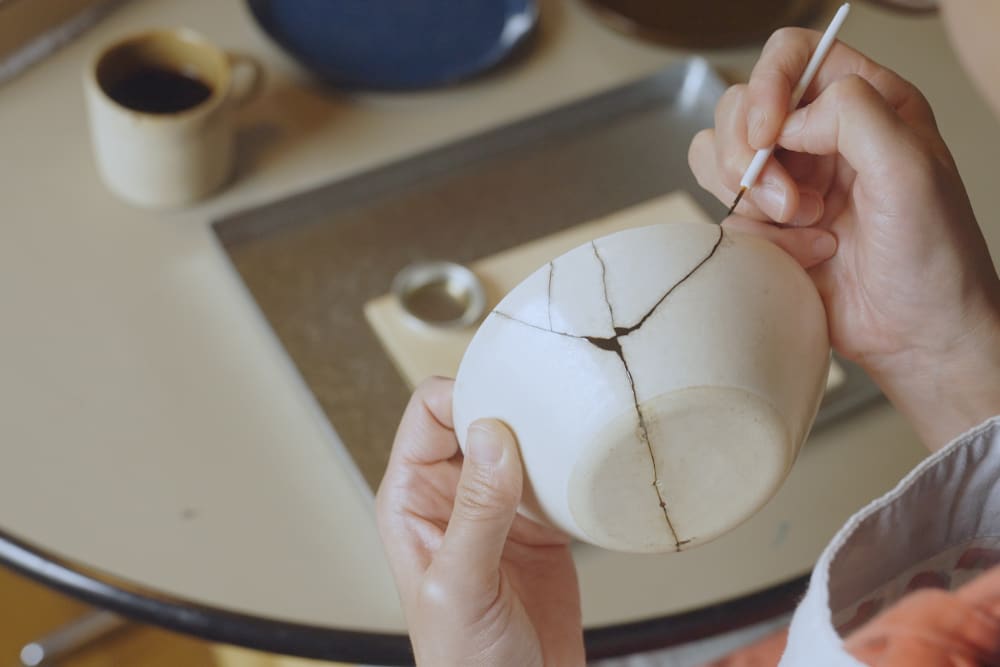
It’s Not Just “Environmentalism”
The Circular Economy is more than an eco‑solution—it’s a smart strategy for future viability:
- Product‑as‑a‑Service revenue
- Avoiding disposal costs
- ESG alignment
- Brand appeal to younger generations
Simply put, embracing circularity strengthens competitiveness and future‑proofs businesses.
Stay Tuned for Issue #2!
Next time, we’ll dive into why we chose mass production and disposal in the first place—the deeper structural story of the Linear Economy.
This series is for manufacturers, municipalities, and practitioners looking to turn circular thinking into action. Your thoughts, questions, or tips are always welcome—please comment or send a message. Until next time, thank you for joining us!
Feel free to request a shorter introduction, visual elements, or content customized for specific audiences.






